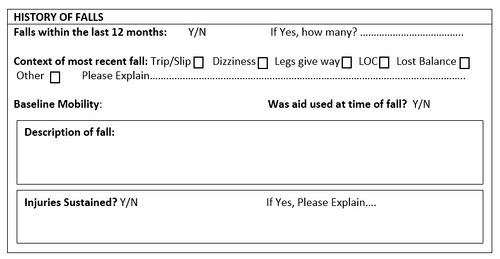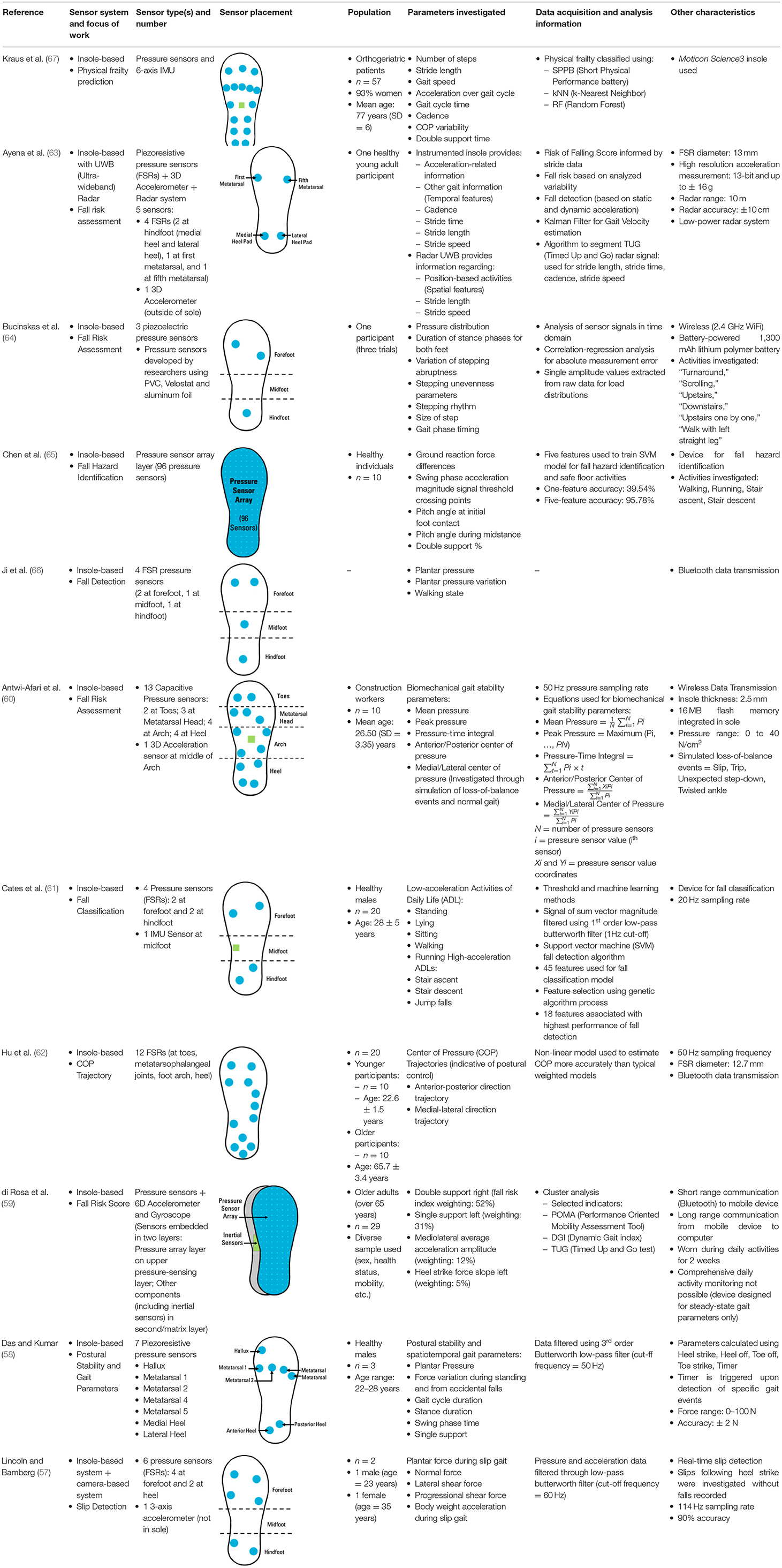Unknown Facts About Dementia Fall Risk
Unknown Facts About Dementia Fall Risk
Blog Article
An Unbiased View of Dementia Fall Risk
Table of ContentsDementia Fall Risk Can Be Fun For AnyoneDementia Fall Risk - QuestionsDementia Fall Risk for DummiesThe 6-Minute Rule for Dementia Fall RiskAn Unbiased View of Dementia Fall Risk
The FRAT has 3 sections: drop risk condition, danger variable checklist, and activity strategy. A Fall Risk Condition includes data regarding background of current falls, medications, mental and cognitive condition of the person - Dementia Fall Risk.If the individual ratings on a danger aspect, the equivalent number of factors are counted to the person's autumn threat rating in the box to the much. If a patient's fall threat rating completes 5 or greater, the individual is at high danger for drops. If the patient scores only 4 factors or reduced, they are still at some threat of dropping, and the nurse must utilize their finest scientific evaluation to handle all fall risk factors as component of an alternative treatment plan.
These standard methods, generally, assist develop a secure atmosphere that minimizes unexpected drops and delineates core preventive actions for all clients. Indications are vital for people in danger for drops. Doctor need to recognize who has the problem, for they are in charge of executing activities to promote person security and prevent drops.
The Only Guide for Dementia Fall Risk
Wristbands need to consist of the individual's last and initial name, day of birth, and NHS number in the UK. Just red shade needs to be utilized to signal special person standing.
Products that are also much may require the client to connect or ambulate unnecessarily and can possibly be a threat or add to falls. Helps protect against the client from going out of bed without any aid. Registered nurses react to fallers' call lights faster than they do to lights started by non-fallers.
Visual impairment can substantially create falls. Hip pads, when worn effectively, may minimize a hip fracture when loss occurs. Keeping the beds closer to the floor decreases the threat of drops and major injury. Positioning the cushion on the flooring dramatically lowers autumn risk in some healthcare setups. Low beds are designed to decrease the distance a client falls after relocating out of bed.
How Dementia Fall Risk can Save You Time, Stress, and Money.
Clients that are high and with weak leg muscle mass who try to remain on the bed from a standing position are likely to fall onto the bed because it's as well reduced for them to reduce themselves safely. Also, if a tall person efforts to rise from a reduced bed without support, the individual is likely to fall back down onto the bed or miss the bed and drop onto the floor.
They're developed to advertise prompt rescue, not to protect against drops from bed. Aside from bed alarm systems, increased guidance for risky people likewise may aid stop drops.

Patients with a shuffling stride boost loss opportunities significantly. To decrease fall risk, shoes must be with a little to no heel, thin soles with slip-resistant tread, and sustain the ankle joints. Recommend individual to utilize nonskid socks to stop the feet from moving upon standing. However, encourage people to use appropriate, well-fitting shoesnot nonskid socks for motion.
The Ultimate Guide To Dementia Fall Risk
People, particularly older adults, have decreased aesthetic capacity. Illumination an unknown environment assists increase presence if the client have to rise in the evening. In a research, homes with ample illumination record less falls (Ramulu et al., 2021). Enhancement in lights in your home might decrease autumn prices in older grownups (Dementia Fall Risk). Making use of stride belts by all health care service providers can advertise safety and security when assisting individuals with transfers from bed to chair.

Sitters work for guaranteeing a protected, safeguarded, and safe atmosphere. Nevertheless, researches demonstrated extremely low-certainty evidence that caretakers decrease loss danger in intense care hospitals here and only moderate-certainty that choices like video tracking can lower sitter usage without boosting loss risk, recommending that sitters are not as helpful as at first believed (Greely et al., 2020).
The Buzz on Dementia Fall Risk

Boosted physical conditioning reduces the threat for falls and limits injury that is suffered when loss takes place. Land and water-based exercise programs might be likewise advantageous on equilibrium and stride and thereby minimize the risk for drops. Water workout might contribute a positive benefit on balance and stride for women 65 years and older.
Chair Increase Workout is a basic sit-to-stand workout that helps reinforce the muscles in the upper legs and buttocks and enhances flexibility and self-reliance. The goal is to do Chair Increase workouts without using hands as the client becomes stronger. See sources area for a comprehensive guideline on how to do Chair Increase workout.
Report this page